KOBE CAMP – DOLLO ADO
KOBE CAMP – DOLLO ADO
catalog download in portuguese
Emergency: Social conflict – Somali refugees who left the country due to the resurgence of conflict in 2011, combined with a severe drought.
Location: The Kobe camp is located in Ethiopia, close to the Somali-Kenya border. More specifically, it is located 64 km from the city of Dollo Ado.
.
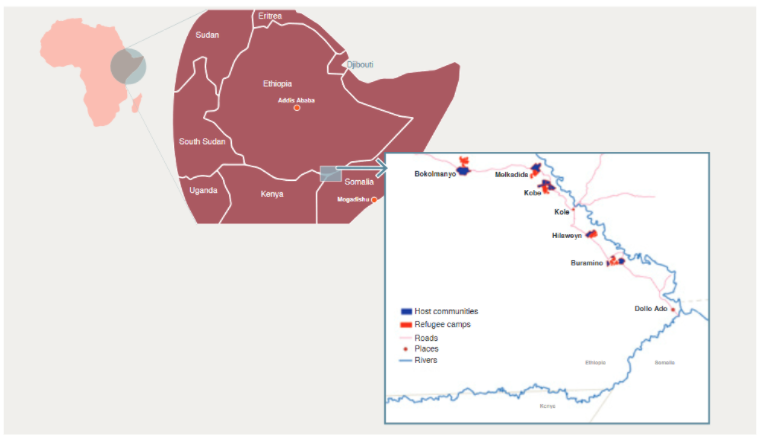
Figure 1: Camp location. Source: Beets et al. (2019).
Implementation date: June 24, 2011. In activity.
Total people affected: 31,999 refugees (2021). The maximum capacity is 45,000 people.
Administration: The camp is managed by AARA, together with UNHCR. In addition, there are other institutions that work in the area, such as Save the Children (SCI), Commission on Development and Inter-Church Aid (DICAC), International Rescue Committee (IRC), International Medical Corps (IMC), Relief organization and development (RaDO), Action for the Needy in Ethiopia (ANE), Organization of Women Pastors and Youth Development (WA-PYDO), Tigray Relief Society (REST / CPDA), International Organization for Migration (IOM), Program World Food (WFP), Médecins Sans Frontières – Spain (MSF – S) and the United Nations Children’s Fund (UNICEF).
camp structure
- Area: The camp area is 415 hectares.
- Expansion: No information obtained.
- Camp layout: The camp is divided into villages, which in turn are divided into blocks, and each block has 8 communities. In the communities, there are around 11 residential lots each. Differently from the initial layout of the communities, a hybrid design solution, with a residential part and a common use part, was developed to improve the initial layout. Thus, the camp has an older and a newer part..
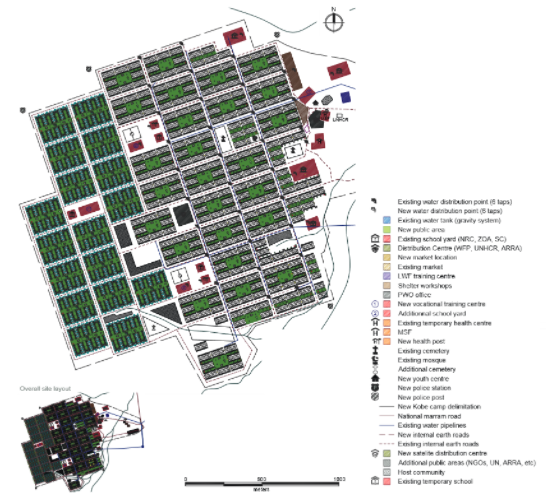
Figure 2: Camp layout. Source: adapted from UNHCR (2016, a)
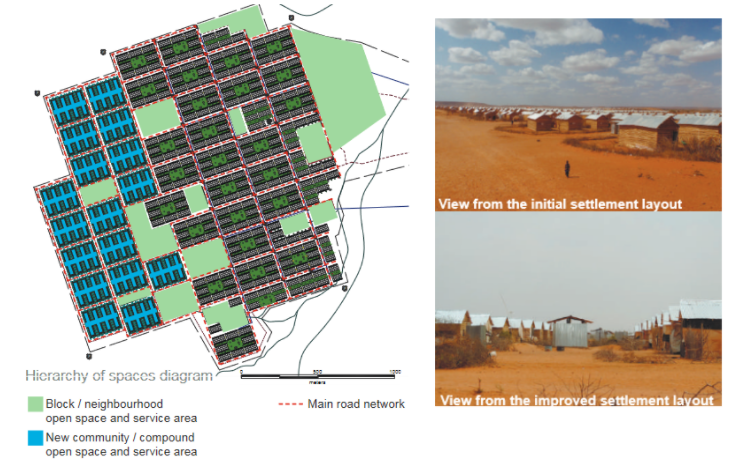
Figure 3: Areas with old and new layout. Source: adapted from UNHCR (2016, a).
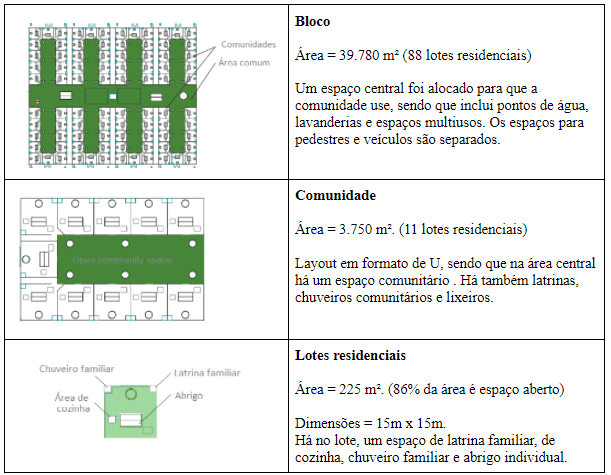
Table 1 – Classification of shelter structures in the new layout. Source: adapted from UNHCR (2016, a)
Reception and sorting
- Description: When refugees arrive at the camp, they are registered by the UNHCR, and ration cards are distributed. These are useful for food distribution.
- Quantity: 1 multipurpose hall.
- Area: No information obtained.
- Dimensions: No information obtained.
- Building System: No information was obtained.
- Position in camp: No information obtained.
- Relation with the surroundings: No information was obtained.
Administrative space
- Description: In the camp, there are facilities for administrative activities, in addition to police posts.
- Quantity: 1 administrative space, 1 police station and 1 UNHCR office.
- Area: No information obtained.
- Dimensions: No information obtained.
- Building System: No information was obtained.
- Position in camp: No information obtained.
Storage and warehousing of goods
- Description: No information obtained.
- Quantity: No information obtained.
- Area: No information obtained.
- Dimensions: No information obtained.
- Building System: No information was obtained.
- Position in camp: No information obtained.
- Operation: No information obtained.
Space for psychosocial and health care
- Description: In the camp, there are medical appointments.
- Quantity: 2 clinics.
- Area: No information obtained.
- Dimensions: No information obtained
- Building System: No information was obtained.
- Position in camp: No information obtained.
- Health Surveillance Principles: No information was obtained.
- Demand: No information obtained.
Educational space
- Description: In the camp, there are schools that cater to different ages, from children to teenagers.
- Quantity: 4 primary schools and 2 high schools.
- Area: No information obtained.
- Dimensions: No information obtained.
- Building System: No information was obtained.
- Position in camp: No information obtained.
- Humanitarian Goods: Affordable furniture in schools. Lightweight, low-cost materials enable reuse.
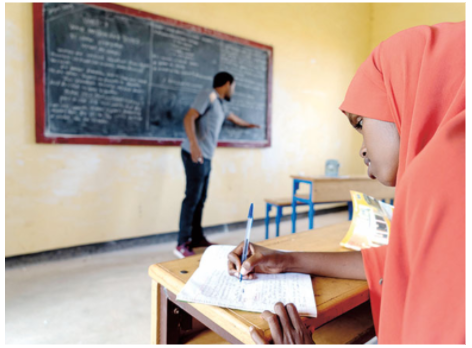
Figure 4: School. Source: Available at: https://scope.scholastic.com/issues/2019-20/090119/I-Live-in-a-Refugee-Camp.html. Access in: 13 aug. 2021.
Recreation space
- Description: It is possible to see a youth education park in the camp.
- Quantity: 1 youth education park.
- Area: No information obtained.
- Dimensions: No information obtained.
- Building System: No information was obtained.
- Position in camp: No information obtained.
Common areas
- Description: In terms of common area, in each block there are community centers, which allow interaction between residents.
- Quantity: 8 community centers per block.
- Area: No information obtained.
- Dimensions: No information obtained.
- Building System: No information was obtained.
- Position in camp: No information obtained.
- Importance: No information obtained.
Kitchen
- Description: No communal kitchens have been located in the camp, and refugees prepare their food in residential lots.
- Quantity: 1 kitchen per lot, 11 per community and 968 per block, in the areas of the new layout.
- Area: No information obtained.
- Dimensions: No information obtained.
- Building System: No information was obtained.
- Position in camp: No information obtained.
- Demand: No information obtained.
Reception, stocking and distribution of food items
- Description: In the camp, there is a food distribution center.
- Quantity: 1 food distribution center.
- Area: No information obtained.
- Building System: No information was obtained.
- Dimensions: No information obtained.
- Position in the camp: The food distribution center is located at the entrance to the camp, less than 1 km from the main access road.
- Operation: No information obtained.
Dining hall
- Description: No community canteens were located in the camp, and refugees take their meals in individual shelters.
- Quantity: 1 shelter per lot, 11 per community and 968 per block, in the areas of the new layout.
- Area: No information obtained.
- Dimensions: No information obtained.
- Building System: No information was obtained.
- Position in camp: No information obtained.
- Demand: No information obtained.
Washhouse
- Description: No information obtained.
- Quantity: No information obtained.
- Area: No information obtained.
- Dimensions: No information obtained.
- Building System: No information was obtained.
- Position in camp: No information obtained.
- Demand: No information obtained.
Other possible structures
- Markets: There are gifts in the camp, 1 common market and 4 neighborhood markets (villages). The common market is located on the outskirts of the camp, in order to promote integration with the surroundings.
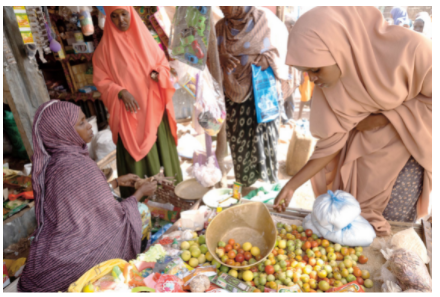
Figure 5: Market. Source: Available at: https://scope.scholastic.com/issues/2019-20/090119/I-Live-in-a-Refugee-Camp.html. Access in: 13 aug. 2021.
Basic Camp Services and Access
Local Access
- Access routes (state of conservation): No information obtained.
- Entries: No information obtained.
Sewage: No information obtained.
Energy: In terms of electricity, the camp has facilities, such as light poles, which feature solar panels, ensuring access to lighting systems.
Solid waste: No information obtained.
Water: In terms of water supply, water comes from the Genale River, with access points in strategic locations. Water consumption per person per day is 19 liters
.
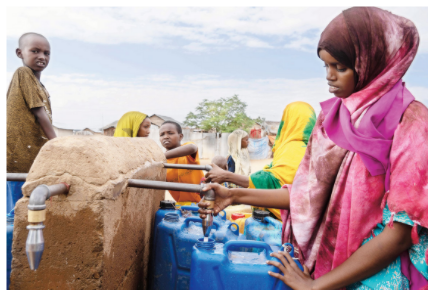
Figure 6: Water access points. Source: Available at: https://scope.scholastic.com/issues/2019-20/090119/I-Live-in-a-Refugee-Camp.html. Access in: 13 aug. 2021.
Fire Protection: No information obtained.
Drainage: No information obtained.
Latrines
- Type: No information obtained.
- Number of latrines: At the camp there are private latrines, on residential lots and public lots in community areas. In private homes, there are about 1 latrine per lot, 11 per community and 968 per block, in the areas of the new layout.
- Demand: No information was obtained.
- Division by Gender: No information obtained.
- Accessibility: No information obtained.
- Security: No information obtained.
- Conservation: No information obtained.
Washbasin
- Quantity: No information obtained.
- Demand: No information was obtained.
- Conservation: No information obtained.
Showers
- Number of Showers: At the camp, there are private showers, on residential and public lots in community areas. In private, there are about 1 showers per lot, 11 per community and 968 per block, in the areas of the new layout.
- Demand: No information was obtained.
- Division by Gender: No information obtained.
- Accessibility: No information obtained.
- Security: No information obtained.
- Conservation: No information obtained.
Cost: Estimated cost per individual shelter is $708.
Structure of individual shelters
- Type: The individual shelter is formed by a wooden structure, more specifically eucalyptus beams and walls with compressed bamboo mats. The roofs are corrugated and iron. The shelter also has an internal partition, two windows and a door, which can be opened inside and out.

Figure 7: Individual shelters. Source: adapted from UNHCR (2016, b).
- Area: 21m².
- Dimensions: The individual shelters have rectangular dimensions of 6m x 3.5m with a central ceiling height of 3.10m.
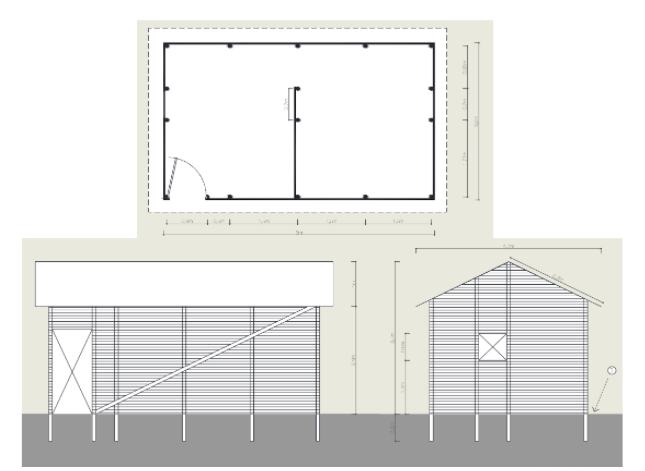
Figure 8: Plan and views of the individual shelter. Source:UNHCR (2016, b).
- Quantity: In 2018, there were approximately 8,731 individual shelters.
- Humanitarian Goods: Fabrics and canvas partitions. Lightweight, low-cost materials enable reuse.
Safety
Camp security
- Area of risk: The terrain is uneven, with flat places and others with gentle slopes. In terms of the risk area, the main problem facing the camp is erosion, with areas of gullies.
- Surroundings: No information was obtained.
Lighting
- Solution adopted: For the lighting of the camp, poles with solar panels were used, with 238 in 2017. To light the shelters, LED flashlights were distributed.
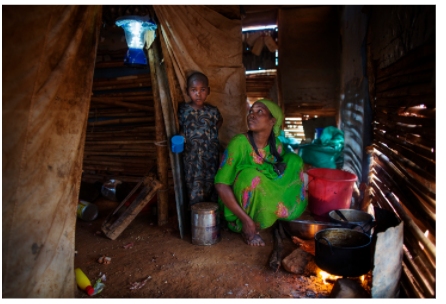
Figure 9: Lantern in the shelter. Source: Available at: https://www.unhcr.org/hk/en/3783-brighter-lives-for-refugees-case-study-1-kobe-refugee-camp-ethiopia.html. Access in: 10 aug. 2021.
- Demand: No information obtained.
Outputs: No information obtained.
Resident Security
Control of people: In the camp, control of people is carried out.
Conflicts: In relation to the community, it has a good relationship with the shelter’s residents. To control internal conflicts, there is a committee made up of five people, refugees and the local community.
Gender and age issues: No information obtained.
Other Security Issues: No information obtained.
Cultural adaptation and accessibility
Strategies for adaptation to local culture or social equity measures: No information was obtained.
Social equity and socio-economic development projects: The location is characterized by a hot, dry and windy environment. Due to the proximity of the camp to the Genale river, an irrigation project was developed in the camp, which offers an opportunity for agriculture. In 2021, the area covered 80 hectares for planting onions, corn, watermelon and papaya, among others. Refugees work together with the local community, forming a cooperative. Thus, the products are sold, ensuring a source of income for refugees
.
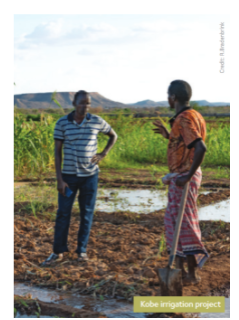
Figure 10: Irrigation project. Source: Beets et al. (2019).
Universal Accessibility: No information obtained.
Environment and sustainability
Environmental comfort
- Thermal comfort: No information obtained.
- Natural ventilation: No information obtained.
- Natural lighting: No information obtained.
- Protection of homeless population: No information obtained.
Impacts on the environment: In terms of environmental impacts, the area before the construction of the camp had a lot of vegetation and several wild animals inhabited the site. With the implantation, many trees were cut and these animals disappeared
Sustainable solutions: Among the sustainable solutions present at the camp, the use of solar energy stands out, and there are domestic solar systems.
Publications
ARRA, UNHCR. KOBE REFUGEE CAMP – Camp Profile. jun. 2018. Disponível em: https://reliefweb.int/sites/reliefweb.int/files/resources/64818.pdf. Acesso em: 15 ago. 2021.
BEETS, Alexander; BRADENBRINK, Jonathan Greenland; OMATA, Naohiko; STERCK, Oliver. Refugee Economies in Dollo Ado: Development Opportunities in a Border Region of Ethiopia. Jun. 2019. Universidade de Oxford, Centro de Estudos de Refugiados, OD.
UNHCR. Ethiopia Refugee Response Plan: Quarterly Monitoring Report, PoCs from Somalia, January 2020 – June 2020. Jun. 2020. Disponível em: https://reliefweb.int/report/ethiopia/unhcr-ethiopia-refugee-response-plan-quarterly-monitoring-report-pocs-somalia. Acesso em: 10 ago. 2021.
UNHCR. Kobe Camp Profile (May 2021). Maio, 2021. Disponível em: https://reliefweb.int/report/ethiopia/kobe-camp-profile-may-2021. Acesso em: 20 jul. 2021.
UNHCR. Kobe refugee camp – Dollo Ado, Ethiopia – January 2012. Jan. 2012. Disponível em: https://data2.unhcr.org/en/documents/details/82217. Acesso em: 03 ago. 2021.
UNHCR. Settlement folio: planned settlement chapter. Geneva, maio, 2016. (a). Disponível em:
http://shelterprojects.org/other/siteplanning/site-planning-references/UNHCR-2016-Settlement%20Folio.pdf. Acesso em: 16 jul. 2021.
UNHCR. SHELTER DESIGN CATALOGUE.Switzerland, 2016, (b), 68 p. Disponível em: https://cms.emergency.unhcr.org/documents/11982/57181/Shelter+Design+Catalogue+January+2016/a891fdb2-4ef9-42d9-bf0f-c12002b3652e. Acesso em: 15 ago. 2021.
Created by: Thais Nolio Santa Cruz.
Translated by: Ana Beatriz Caetano Prado
CNPQ 2020-2021-2022 financing.
First update: 11/24/2021.
Last update:10/08/2022.






